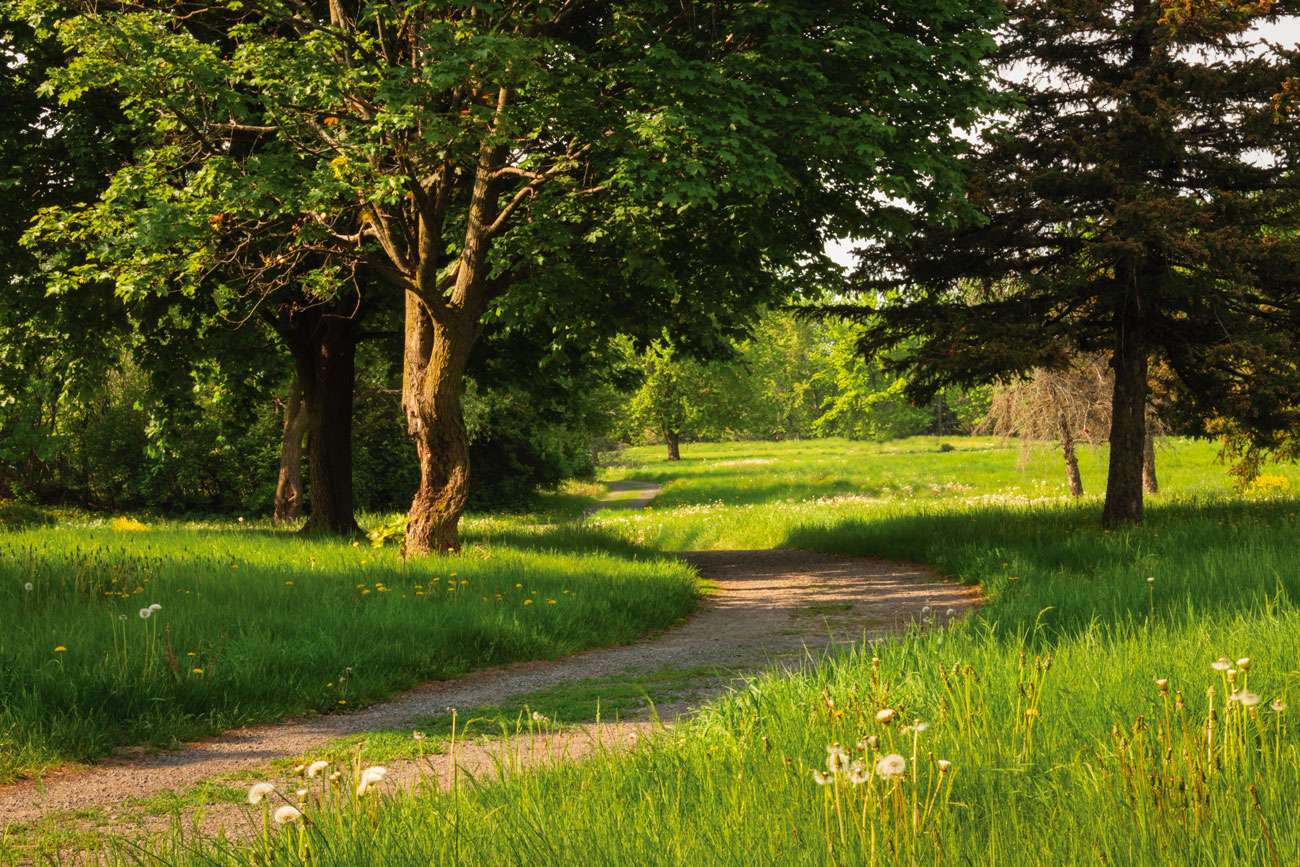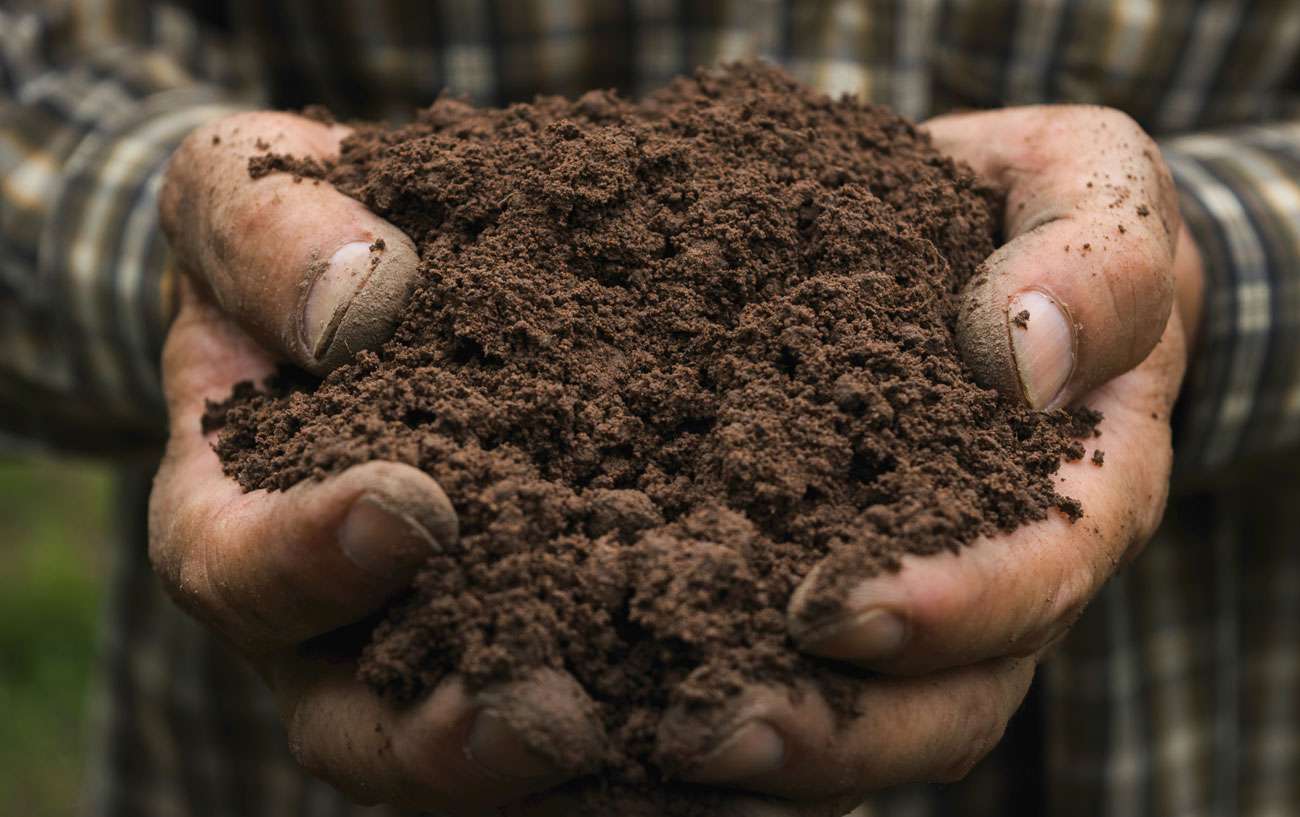
How will you shape your landscape? Take a moment to imagine a lush, green meadow, stretching off into the distance on a bright sunny day. There are a few other animals, but they tend not to bother us if they are the cute and fluffy variety. This is a good analogy for the mind and positive mental health. Though, life is not always this pleasant. Sometimes, you may find yourself deep in a dark forest, and feel the presence of dangerous animals. It gets to the point where it is hard to think of anything else. Sometimes we are so obsessed with the dark forest, we forget about the meadows altogether. But they are still there. Eventually, you reach the edge of the forest. It was always there: you just needed some reassurance and direction.
Our ability to find our way through the dark forest depends on not only our innate resilience, but our state of mind and its interpretation of the world. This is akin to genetics and epigenetics. Our choices and interactions with the landscape around us impact on our gene expression, at a ratio of roughly 50:50. That presents you with a large amount of control over your destiny. If you had a sick fish, would you medicate the fish, or clean the fishbowl? Sadly though, we are fast approaching a time where, either way, we may not be able to reverse the damage.
No doubt a vast majority of you have been able to connect with at least a small community of family, friends and neighbours. Please be mindful of the social isolation faced by many. We really must be there for and patient with those who have had reduced, in-person social activity. I liken the experience to watching the awkwardness of 2 and 13-year-olds – initially they are shy, but with encouragement they soon come out of their shells. The landscape for social gatherings is ever-changing, but we should certainly always promote connection in our local areas. Let us be physically, but not socially distant. Without risk of subjecting you to another rollercoaster of uncertainty, Surrey Health Collective will meet again when rationality resumes.

Cut down on refined sugar to reduce bad microbes
Getting active more will promote much needed movement in the population, reducing the amount of time spent sedentary. It is not just lockdown that has contributed. A shocking UK statistic comparing 1962 and 2012, found that we have reduced our physical activity levels by the equivalent of running a marathon every week. That is an incredible amount of energy to expend and benefits to experience, so if we can walk there, we should. Seek functional movements where you can, including walking up and down stairs, squatting to find things in low cupboards and stretching to the corner of the ceiling with that feather duster. If you have children, I thoroughly recommend frequenting Jumpin’ Fun in Burgess Hill, West Sussex. I also benefit from wearing barefoot shoes that help to improve the strength of my arches and big toe, as well encouraging my toes to splay for improved balance and foot strength.
Hippocrates stated that all disease starts in the gut. Interestingly, movement positively affects the gut microbiome, independent of diet. Peak cardiorespiratory fitness can account for up to 20% variation in microbiome diversity. Amongst several studies, a team at the University of Colorado found that activity at an early age – earlier, the better – can permanently alter the state of gut microbes for the better, promoting healthier brain and metabolic activity over a lifetime. You can reduce the prevalence of bad microbes in your gut by reducing consumption of refined sugar. As we know all too well, where we go and what we touch also impacts on our epidermal and respiratory microbiomes. Remember: seeking out a broad range of locations and experiences over time is a sure way to evolve and promote resilience.
Unfortunately, the diversity of our microbiome is impacted by the biodiversity of our landscape. It should not be normal to promote and eat nutrient-void food, with many plants containing traces of singular and multiple pesticide residues, or animal products containing higher than normal levels of inflammatory omega 6, antibiotics and hormones. It is pragmatic for agricultural practices to be regenerative and organic, with a combination of both plant and animals that work together in harmony to create living ecosystems, with dependent insects and microbes that combined, would promote carbon sinks and contribute to a reduction in global warming. Your very presence, participation and choices do matter and have a significant impact on you and your landscape.

Our landscape’s soil has an impact on the quality of our water
By prioritising the quality of your foods provenance and treatment, seeking local produce wherever possible, you may benefit from nutrient-dense food, but require less of it, taking advantage of time-restricted eating windows and promoting metabolic flexibility. By giving your body and the environment what it needs, both yours and the landscape’s overall health will improve through reciprocity. This will have an impact on the availability and quality of our water. Mineral-dense, rotated fields will promote healthier soil, able to retain more water. We can further enhance the quality of our water by filtering or distilling and then supplementing with a high quality, bioavailable multivitamin.
As a wise person once told me, at the end of the day, it is night. Your landscape doesn’t end at your front door. It enters your household, routines and ascends to your bedroom. Whilst I have never committed to palaeolithic living and slept on rock, I swear by an extra firm mattress to help support and maintain spinal health. If I cannot avoid light after the sun goes down, I rock amber glasses and a hooded top. Whilst our eyes are sensitive to blue light that keeps us awake, even our ears have been found to be receptive to changes in light spectrum! Most cells in our body work with an internal circadian rhythm, synchronised by the superchiasmatic nucleus, timing hormones and subsequent organ and bodily processes for the day ahead. Synchronise your rhythms with sunrises and sunsets, and if you are using light, aim to keep it red, or light a candle (do not forget to blow it out, lest I turn up in future to put it out!)
Just as Sondheim ties together the tales of The Brothers Grimm, so to must we tie together the fabric of biodiversity in our landscape. If you find yourself in a meadow, take a mental picture and remember it. Remind yourself that you can return there whenever you need to, and if it is not immediately possible, you will be able to in the future. My one hope for the future is that I can once again meander the Park Run fields with friends and fellow community members. It is a pivotal reason that I find myself resilient enough to engage in everything that I do today. I know I am not alone in this sentiment and many others in this article. Are you ready to shape the landscape with me?
Arran is a music educator, who established Surrey Health Collective in 2019 with local health practitioners, as a non-profit group that brings the community together to learn about and share our experiences in health creation. Search for us on social media using: @surreyhealthcollective or visit our website: www.surreyhealthcollective.org
Read more of Arrans articles HERE.











